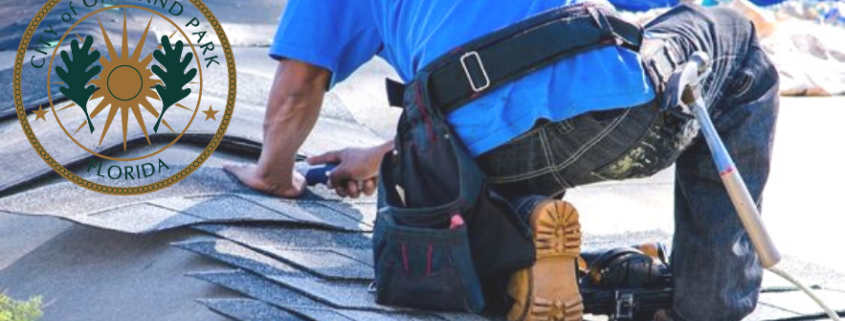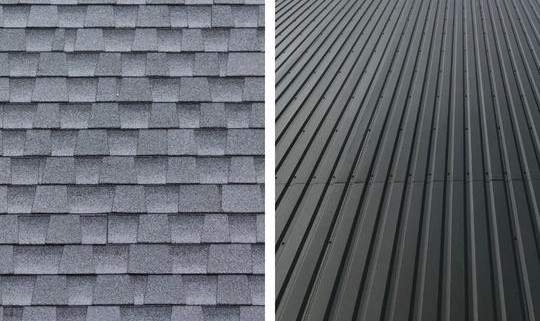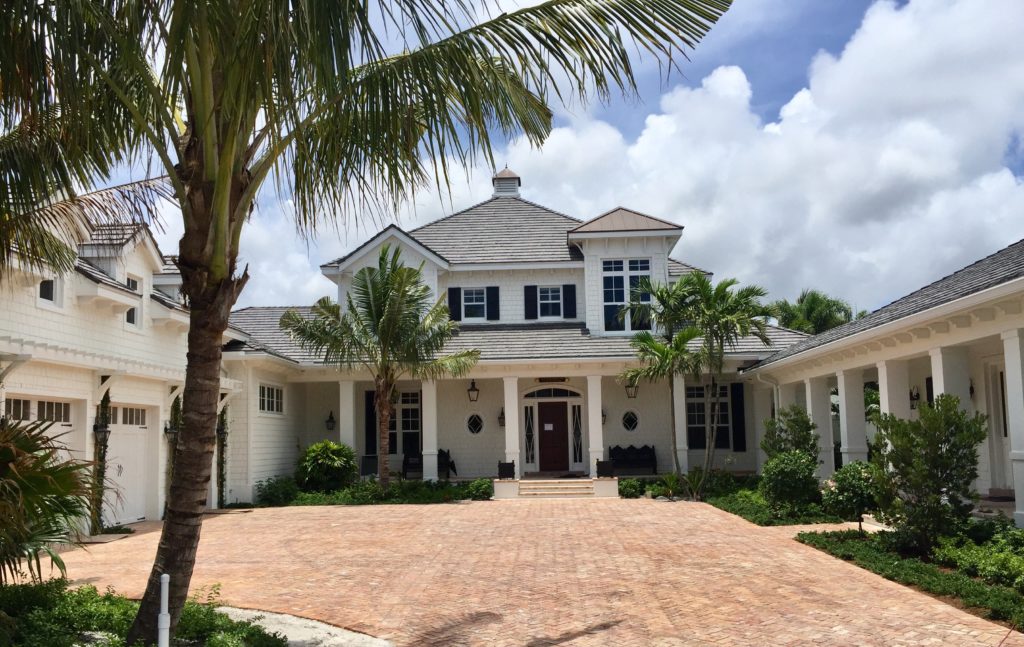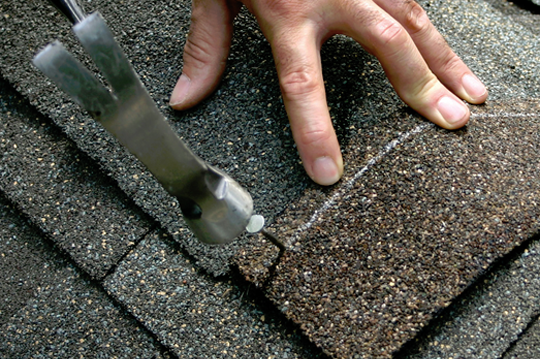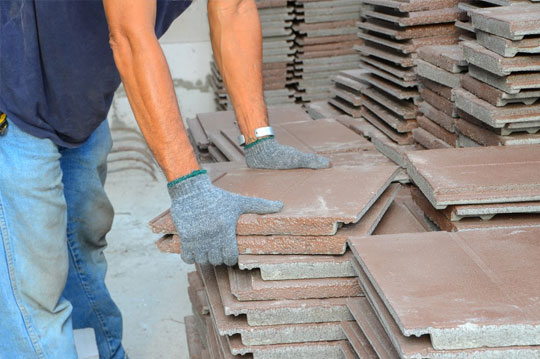Post-Hurricane Season Roof Maintenance Guide for Palm Beach Homeowners
Hurricane season may officially end on November 30, but for Palm Beach homeowners, the real work begins when the storms finally clear. Our coastal climate is unlike anywhere else in the country — salt air, humidity, sideways rain, tropical wind cycles, and relentless sun all combine to stress roofs in ways most homeowners never notice.
At Sun Catcher Roofing, we’ve spent nearly two decades maintaining, restoring, and replacing roofs across Palm Beach County. We know exactly what fails first, what gets overlooked, and what causes surprise leaks in March that actually started forming in October.
Below is our signature, post-hurricane season maintenance guide, based on thousands of local inspections and real-world storm repair experience.
1. Start With the Roof: Palm Beach’s Most Vulnerable Structure After a Storm
Even if your roof looks fine, hurricane-season wear often shows up weeks later — especially on older underlayments or roofs near the Intracoastal.
Look for Micro-Damage, Not Just Missing Tiles
In Palm Beach, the most common hidden issues include:
- Hairline cracks in concrete tile
- Lifted shingles that reseal improperly
- Bent or displaced metal edges
- Loose ridge caps
- Worn-out underlayment
These issues rarely leak immediately — but they always leak eventually.
For a technical overview of hurricane wind effects, the Insurance Institute for Business & Home Safety (IBHS) provides excellent studies:
Inspect Flashings Like a Pro
Flashings are your roof’s pressure points. We typically check:
- Chimney flashing
- Wall-to-roof transitions
- Valley metals
- Skylight perimeters
- Vent boots and penetrations
These are the locations where 80% of leaks originate; and where storm pressure hits hardest.
Check Skylights and Penetrations
Palm Beach’s UV exposure accelerates sealant breakdown. If your skylight fogs, drips, or smells musty, the seal is compromised.
2. Give Your Gutters and Drainage System a Palm Beach–Level Cleaning
Palm fronds, seagrape leaves, sand, and salt spray fill gutters much faster in coastal cities. What we see most often:
- Gutters overflowing during storms
- Downspouts clogged with seed pods
- Fascia damage from backed-up water
A little moisture today becomes mold tomorrow; especially in our humid climate.
EPA’s stormwater guidance is a good reference.
3. Your Home’s Exterior: The “Silent Absorber” of Wind-Driven Rain
Palm Beach’s storms aren’t like standard thunderstorms — they push water sideways, forcing moisture into places typical building codes don’t fully protect.
Windows & Doors
Post-storm, look for:
- Damp drywall
- Light staining
- Cracked stucco around openings
- Failing caulk joints
Even small gaps can escalate into costly repairs.
Stucco, Siding & Paint
If your walls have:
- Bubbling paint
- Small cracking
- Efflorescence (white powder)
…it’s a sign water got behind the surface.
ASTM sets wind-driven rain testing standards used nationally.
4. Your Attic: The First Place We Check (and Usually the Most Telling)
The attic is where hidden issues tell the truth.
Check for Any Moisture at All
Damp insulation, darkened wood, or a musty smell almost always means:
- Flashing failure
- Tile uplift
- Underlayment deterioration
- Improper ventilation
Mold Grows Quickly in Florida
Within 48 hours of trapped moisture, mold can form — and Palm Beach humidity accelerates this process.
CDC guidance on identifying mold.
5. Take a Walk Around Your Property After a Heavy Rain
After dozens of inspections each year, here’s what we commonly find post-hurricane:
- Pooling water around foundations
- Fences leaning from soaked soil
- Screen enclosures with rusted fasteners
- Patio pavers sinking on waterlogged sand
These are early signs of structural stress you don’t want to ignore.
6. Why We Recommend a Post-Hurricane Inspection — Even If Everything Looks Fine
Because homeowners often don’t see what we see.
Our inspections include:
- Drone imaging
- High-resolution moisture scanning
- Tile uplift testing
- Flashing thermal checks
- Documentation for insurance records
Most importantly, we understand Palm Beach architectural styles, common roof materials, and the way coastal weather affects each one; from Mediterranean tile homes in Boca Raton to metal roofs in Jupiter Farms.
This isn’t a standard “free inspection”; it’s a Sun Catcher Roofing Storm-Grade Assessment™, designed specifically for Palm Beach County homes.
7. Proactive Protection Before the Next Storm Season
To get ahead of 2025’s hurricane season:
- Keep trees trimmed away from the roof
- Clean gutters twice annually
- Seal minor cracks early
- Replace compromised underlayment sections
- Upgrade to impact-rated materials from GAF, Westlake Royal, or Dynamic Metals
- Schedule a yearly inspection
Preventative maintenance in December is always cheaper than emergency repairs in July.

